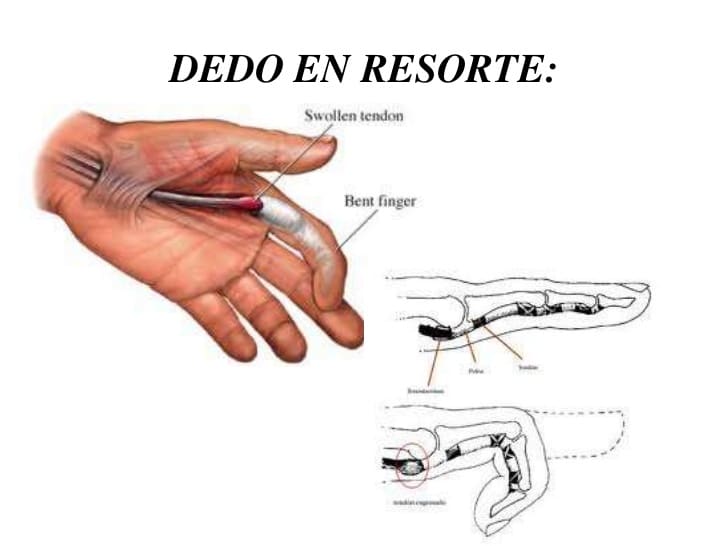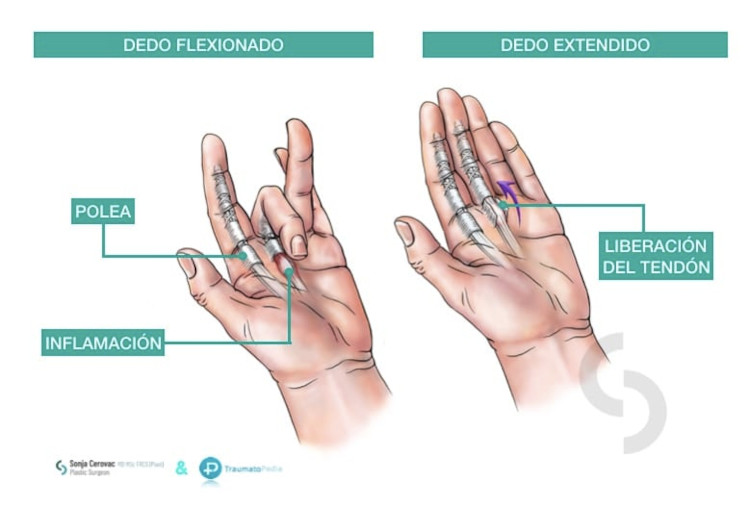Trigger finger: Causes and symptoms

Welcome, dear readers, to another informative article on our blog. Today we delve into a condition that can make even the simplest tasks a challenge: trigger finger disease. Although it may seem like a term taken from the world of espionage, trigger finger is actually a common hand condition that can affect people of all ages, especially older adults.
So, let us together unravel the mystery of trigger finger and better understand this condition.
- Diseases: Certain diseases, such as rheumatoid arthritis, diabetes and hypothyroidism, have been associated with an increased risk of trigger finger. The underlying inflammation in these diseases can affect the tendons.
- Sex and age: Trigger finger is more common in women and tends to occur more frequently as we age, especially after age 40.
- Rest and immobilization: Resting the affected finger from activities that aggravate the condition can help relieve symptoms and promote healing.
- Medication: Nonsteroidal anti-inflammatory drugs (NSAIDs) or corticosteroid injections may be prescribed to reduce inflammation and relieve pain.
- Hand exercises and pre- and post-surgical rehabilitation: Gentle exercises and stretches prescribed by a hand therapist can help maintain finger mobility and strengthen the surrounding muscles.
Do you need an appointment with a professional doctor? By clicking here you can contact me where you can study your case.

